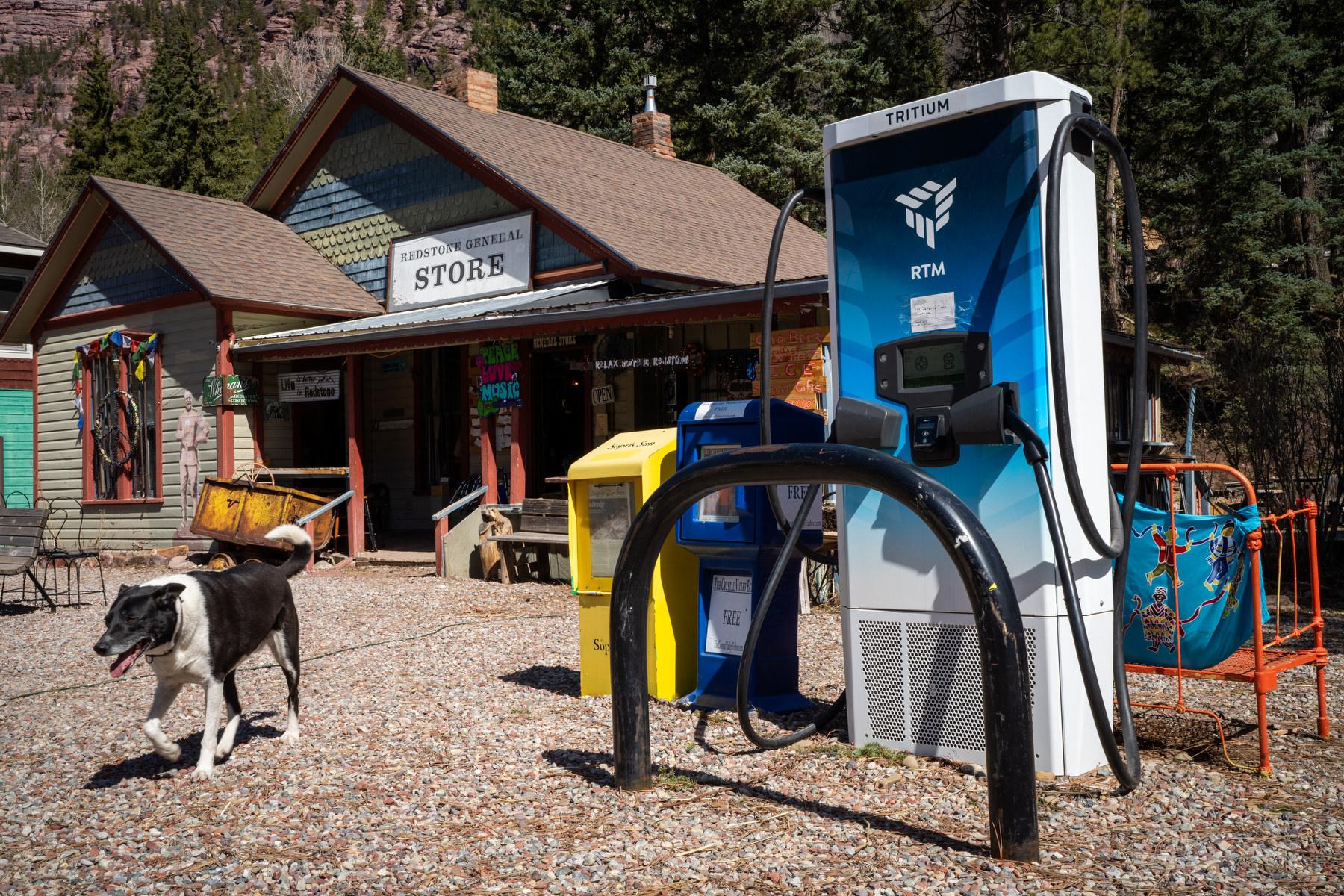
Drought in Colorado isn’t just drying up rivers and crops, but herds of cattle too. Ranchers are being forced to sell off cows early and at a lower weight, steeply cutting into their profits long-term.
About 65 percent of the state is under “severe drought” or worse, the U.S. Drought Monitor Reports. And much of that dryness is along the Western Slope.
Janie VanWinkle has raised cattle in Mesa County for more than 40 years. VanWinkle told Colorado Matters that this is the worst drought she has ever seen. VanWinkle has sold 10 percent of her herd already this year, and will likely have to sell more.
“In my lifetime, I’ve not seen conditions like this,” she said. “It’s just very dry.”
To help her community, VanWinkle has started organizing drought workshops for other farmers and ranchers, which she said has helped produce a supportive community.
“Sometimes it’s really helpful in any situation to know that there are others in your situation. It’s not your fault, it's not something you can control and we just have to get through this.”
VanWinkle has experience dealing with drought. It happened before to her parents in 1977 when she was a teen, and again to her own ranch in 2002. So she has a drought plan prepared that she shares at the workshops. Part of that plan includes looking at the bottom line.
“We manage for drought on a regular basis,” she said. “If you simply cannot afford to feed $300 per ton hay to a cow and make it make sense on the bottom line, then that’s just what you have to do. You have to make that decision from a financial standpoint.”
Ranchers get paid by the pound and typically sell their calves when they weigh between 600 and 700 pounds. But VanWinkle said one rancher she spoke to sold their calves at almost half of that.
“There’s also the care of the animals. Ensuring they’ve got adequate feed, adequate water. If you cannot provide that, as much as we care about our cows, we care enough to let them go.”
Most of the calves being sold go to places where drought is less prevalent. Their diet may also change to wheat or corn stubble instead of hay, VanWinkle said. Another option is to sell cows that are older, require more labor and are less productive. Those cows move into harvest, she said.
VanWinkle predicts that some of her neighbors will have to sell between 50 and 75 percent of their cattle. Some may even liquidate their herds entirely. And although crop insurance is available to support feed costs, it’s simply not enough to solve the problem.
Despite drought growing more frequent, ranchers aren’t focusing on signs of climate change, VanWinkle said.
“We are in a dryer period and there’s things that are simply out of our control. And at this point, the acknowledgment that we’re in a dryer period and what do we want to do about it is the focus.
More Colorado Drought Coverage:









